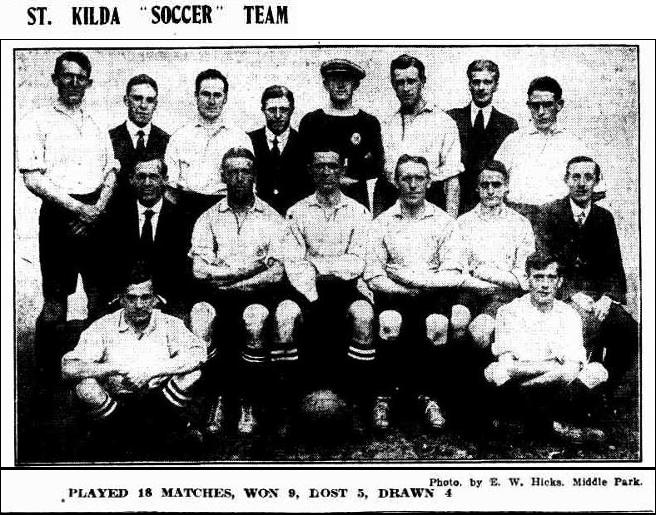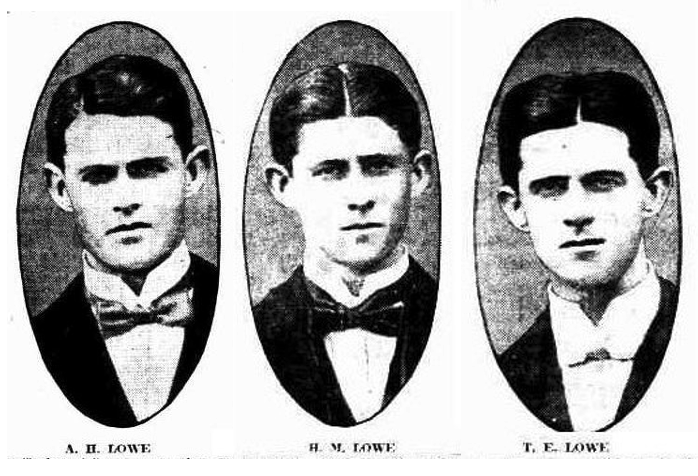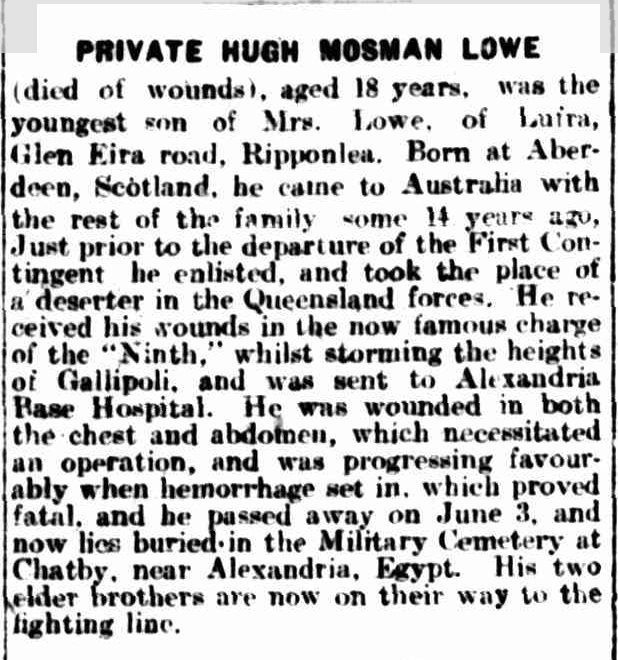As we pause to remember those who served on Australia’s National Day of Remembrance, Tony Persoglia recently sat down with football historian Dr Ian Syson, who is leading an important project which aims to uncover the Australian soccer players that enlisted in the AIF during the Great War.
Entitled Soccer Anzacs, the project takes shape in the form of a website which Syson hopes will be released on Remembrance Day later this year. Initially part funded by the Australian Federal Government via the Department of Veterans’ Affairs in 2022, Syson has led a team of researchers across the country to unearth soccer’s influence in Australia’s war effort, and in the time since, has identified over 1,500 Australian footballers who served in World War I, half of whom have been confirmed via biographical research.
With organised soccer very much in its infancy, slightly more than one hundred of those identified and confirmed through evidence played in Victoria and that number doesn’t sit easy with Syson, who cites the lack of coverage in the local media, which even then was very much focused on the game of Australian Rules. It is a key factor in the struggle to identify and profile Victoria’s soccer cohort that went to war.
To some extent the newspapers adequately reported the enlistment and deaths of Victorian soccer Anzacs. The problem lies in the press failure follow up on these men whether through celebratory articles or connecting the returning players with their role as both soccer players and warriors. We have had tremendous difficulties writing substantial biographies of most Victorian soccer Anzacs. It’s as if while the mythology machine was building up other sports and codes, soccer endured demythologisation, sometimes via its own lack of historical interest. There are, of course, exceptions that proved difficult to ignore.
One of the tragic stories which has been uncovered is that of Hugh (Hughie) Mosman Lowe, one of a quartet of brothers that formed Victorian soccer’s biggest fraternal commitment to the AIF. Lowe and his family emigrated to Melbourne from Aberdeen in 1901 and would become synonymous with the St Kilda club, home to the legendary Harry Dockerty and one of the early powerhouses of the Victorian Amateur British Football Association (VABFA).

In 1910, Tommy became club captain at the ripe old age of 21. Alexander was appointed treasurer and assistant secretary and also kept goal for the club at the age of 20 in 1913. The oldest, Bert, also played for the club and represented it as a delegate to the association.
Hughie, the youngest, was only starting his senior career, playing for the 2nd team at the outbreak of war. While each brother eventually enlisted, Hughie beat the others to the punch by joining the 9th Battalion very early in the war. As a result of this haste Hughie was caught up in the fighting in the Dardenelles and died less than six weeks into the Gallipoli campaign on 3 June 1915.
While the great majority of Victorian soccer enlistments were born in the UK, the story is not consistent across states. For example, around 60 per cent of Newcastle soccer Anzacs were born in Australia. Many WA enlistees were born in Australia. Importantly more than 50 of the 750 finalised entries were, like Hughie, killed at Gallipoli.

The other brothers all returned safely, Tommy and Bert both being decorated for bravery. The three survivors resumed playing with St Kilda but it is safe to assume that the loss of Hughie weighed heavily on family and club alike. His death also left another significant gap (of the more than 70 killed and countless injured beyond recovery) in the booming culture that had been Victorian pre-war soccer.

With close to 300 players involved in Melbourne based competition in 1915 and hundreds more playing in regional areas such as Mildura and Wonthaggi, it is fascinating that the vast majority of Victorian born players didn’t necessarily play in Victoria, which was a hotbed for English and Scottish migrants who ostensibly rebirthed the sport at the turn of the century after a series of fits and starts.
A perfect illustration is of the 175 Western Australian footballers enlisted, 20 were born in Victoria, with the vast majority crossing the Nullarbor at the turn of the century before establishing themselves in various pockets of the west coast. Whether any of these played in Victoria prior to the formation of the VABFA in 1908 is a mystery that requires more hands in the research effort.
While Syson is encouraged by the work done thus far, he sees the first incarnation of ‘Soccer Anzacs’ as a prelude to a broader piece of work.
The project is super long-term. The documentation of the up-to 4000 Soccer Anzacs will take years (and money!). Further phases include repeating the process for World War II and Vietnam (the latter hopefully partly via the memories of troops still alive). We have also discovered at least 700 games played by WWI AIF units. These also need to be documented. While I am focused on collecting and compiling the data, we expect several books to be produced when we have the story nailed down.
Syson and his band of researchers continue to delve deeper into the tales which form a rich narrative and redefine the role that soccer played in the Australian war effort. The tales of Victorians lost at war will be important additions to our own story, as they play an important part in the birth of the VABFA, the predecessor body to what is now Football Victoria.
The first incarnation of Soccer Anzacs is planned for release later this year. Football Victoria will bring news of its pending release and share further stories of Victorians and their contribution.
